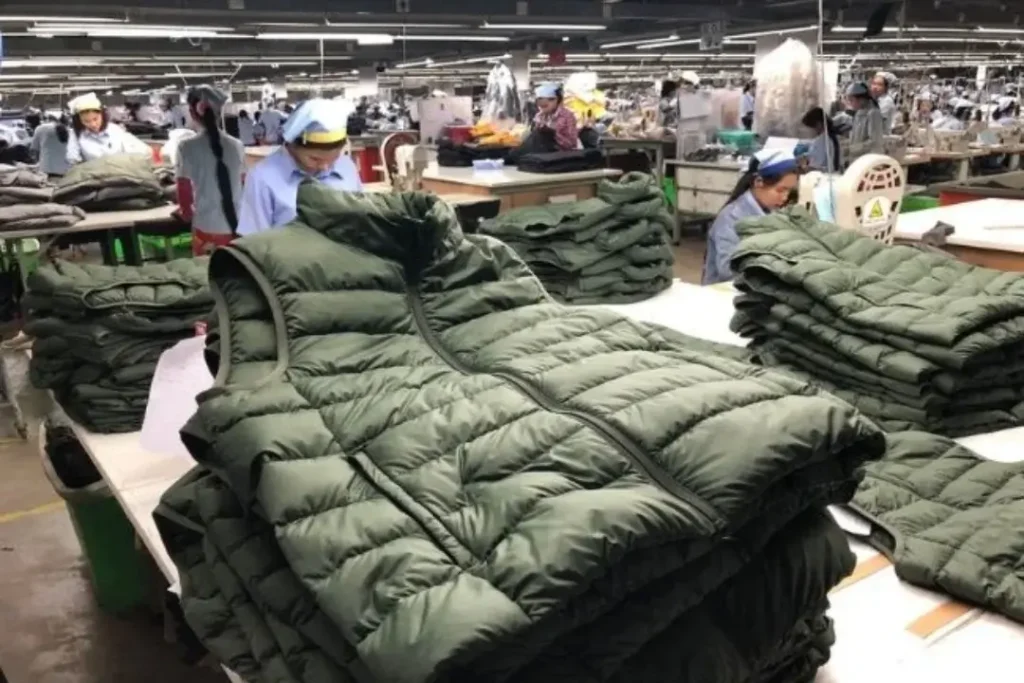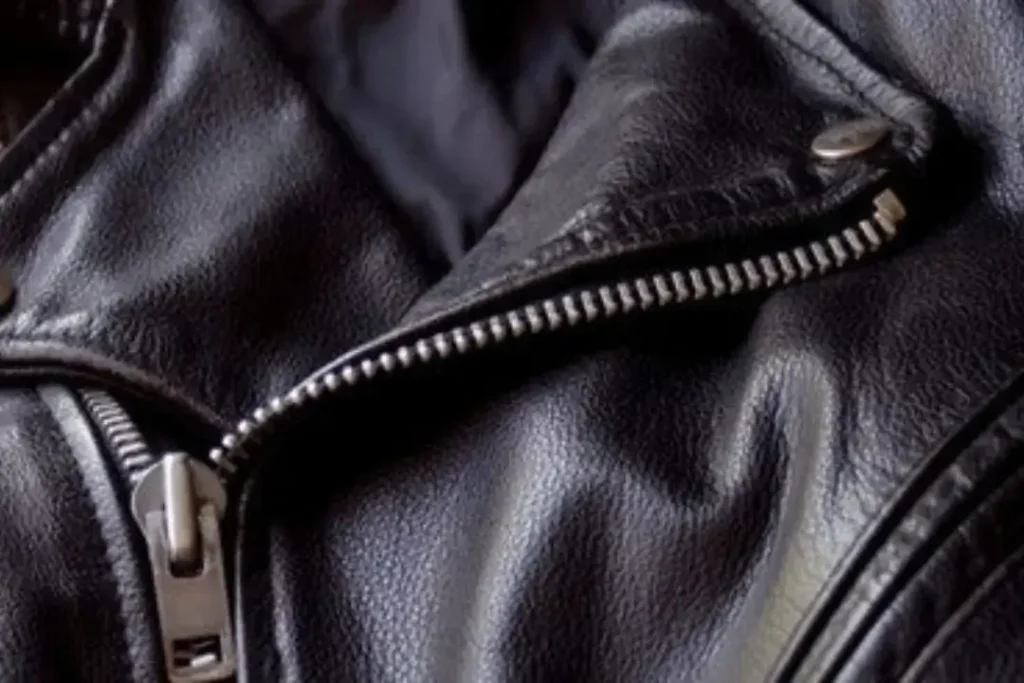
Why Clothing Brands Fail
Top Different Types of Shirts for Women and Men Top Different Types of Shirts for
Quality Control in Jacket Manufacturing for B2C Brands in 2025
Quality is the most important factor when it comes to the jacket apparel business; consumers can compromise on pricing but they can’t compromise on quality. That’s why popular jacket brands never add poor-quality jackets to their collection. In an industry where margin profits are low and consumers have trust as a valuable advantage, low quality can be costly. For B2C brands, keeping quality is not a matter of adhering to rules; it is all about building and maintaining client trust and an excellent brand image. Your clients expect you to deliver products that meet their requirements every time; otherwise, you may damage those long-term relationships. One defective jacket can distress your profit margin by being returned and then refunded. It can even be bad for your reputation in a market where reliable performance is taken seriously. When competition gets tough, maintaining quality control will mean maintaining the trust of your clients and getting ahead of your competition.
In this blog, we shall explore the latest ways of maintaining quality control in jacket manufacturing for 2025 and beyond. We will see how new technology, better processes, and global best practices can be added to your work to improve quality checks.
Quality control is very important for brands selling jackets to other businesses. It keeps the business running and brings about long-term success. Reasonable quality control gives confidence and makes your jacket brand look good.

Quality control within jacket manufacturing comprises several significant parts that help guarantee the final item meets your requirements and what clients will expect. Here are key considerations:
There are three main steps in the QC process:

First impressions are important, as is the first step: check the quality of fabric and materials. Good fabric is necessary for strong jackets.
This early checking helps find problems before they become bigger issues. Specific instruments such as fabric spectrophotometers prove really helpful for thorough checks on these materials. They measure the color and quality of the fabric so that you can be guaranteed to receive it according to your requirements. Another method to quickly identify the defects present in the material is automated visual inspection systems. This also reduces the time and cost of checking the materials, which results in an excellent final product that meets customer requirements.
It should occur while the jackets are in the production process. This involves stopping by the factory randomly and checking, for example, stitching, seam strength, pattern matching, and the sizes of the garments. Checking during the production process means that problems will be identified immediately so that they can be corrected before completion.

This is the final inspection of the products before they are shipped out from the factory. This includes scrutinizing each style for defects, stains, loose threads, sizes, labels, and packaging. For this step, use the AQL table to determine how many items to inspect from each style and how many can be defective.
Using advanced technologies like AI, automation, and blockchain in quality control makes your jackets more precise and trustworthy. By adopting the following 2025 trends, you’re refining quality and building stronger relationships with clients, helping your brand prosper in the competitive B2C market.
Finding defects with AI in jacket manufacturing is becoming very important in quality control. Tools that check fabrics much faster and more accurately than people are utilized. AI uses smart programs to look closely at fabrics and parts for tiny defects, such as faults in the weave or small spots. The tools can rapidly review clear images taken during production and point out any problems that might lower the quality of the final product.
AI usage in quality checks speeds up the inspection process and confirms accuracy. This speedy identification of flaws helps guarantee that low-quality products don’t reach customers, thus saving your brand from bad publicity and lessening returns. For B2C jacket brands, this means consistent quality and client trust.
Automated quality control systems are changing the way jackets are made. Automation helps improve the accuracy of stitching, cutting, and other steps in the production process. For example, modern stitching machines have sensors that watch stitching patterns in real time and adjust to avoid mistakes that could cause defects.
Laser-cutting technology also certifies fabric pieces are cut precisely, minimizing waste and speeding up production. These automated systems diminish the possibilities of human error and maintain high quality during manufacturing. This makes the process more steadfast, hence improving jacket quality and guaranteeing you can respond to market requirements quickly.

In B2C jacket manufacturing, the use of blockchain technology is becoming central in making the supply chain clear. One big challenge for brands is tracking where raw materials come from and proving their quality. Blockchain creates a secure record of every step and movement of materials, making it easy to verify each part of the jackets manufacturing supply chain.
With blockchain, you can trace where your fabrics and common or innovative jacket materials are coming from, thus enhancing the credibility of your brand. Clients expect brands to be responsible and sustainable, and tracing materials through clear records back to their sources serves this purpose. Additionally, proving quality certifications with blockchain determines a commitment to quality standards, making sure that your jackets meet both rules and customer expectations.
It is very difficult to guarantee that jackets are made well. Challenges here include:

Here are some easy tips to keep your quality control in check:
Quality control can add some time and money to the production process, but it can help you avoid larger and costlier mistakes later on. Implement quality control in your workflow before you realize what could go wrong if you do not.
The following are the pros and cons of using the manufacturer’s internal QC team:
|
Pros
|
Cons
|
|---|---|
|
Knowledge of production: the manufacturer knows well to which level of quality is there to that of production.
|
Potential Favouritism: The manufacturing firm that will do the quality checking by itself might face conflict of interest leading to unfair checking.
|
|
Direct on-site inspection: they are immediately checking at the source while making those, thereby making it easier to address errors on time.
|
Limited Skills: The employees of the manufacturer may not have sufficient special training in quality control, which makes them fail to identify important quality problems.
|
|
Direct on-site inspection: they are immediately checking at the source while making those, thereby making it easier to address errors on time.
|
|
Expertowears was able to reduce the return percentages by 40%. Expertowears received many returns mainly due to quality issues; thus, it knew that improvement in the quality control of products was vital. It created an automated inspection system based on machine learning, where the system examined stitching, fabric quality, and overall assembly in real time.
Because of this upgrade, Expertowears saw a huge drop in returns in just six months. The automated QC tools helped them find problems early in production, fixing issues before the jackets got to customers. This saved money on returns and refunds and also made customers trust their products more.
You can also develop your quality control processes, reduce defects, and produce better products for your customers by using similar automated systems. Expertowears success shows how good quality control can improve your brand’s reputation and profits.

Expertotex used AI defect detection to improve their jacket manufacturing and delivery times. They faced delays because manual inspections often missed small defects. So, they decided to use AI technology to review production data and inspection results more effectively.
Expertotex was able to identify defects they were missing before, sending only the best jackets to the customers with AI in their QC process. This change made the products more dependable and accelerated the production as problems were caught early.
As a consequence, Expertotex decreased their delivery times by 30%, qualifying the company to better serve the customers than ever. This quality control measure made their operations more effectual and helped them retain their current clients as well as gain new ones.
You can learn from Expertotex, investing in AI tools that can improve your detection, streamline production, and satisfy customers. They are examples of how new ideas in quality control can bring big improvements and a competitive edge to jacket manufacturing.
This guide shows how quality control in jacket-manufacturing business is crucial for a brand’s reputation and client satisfaction. Good practices of QC, such as inspection of raw materials and check-ups on products during and after production, guarantee your items meet the high standard set by your customers. Examples from brand and manufacturer demonstrate how modern application of QC can cut returns and delivery time, resulting in customer confidence. It’s important to understand that even one bad product can harm your reputation and lead to lost sales. Working with certified manufacturers, doing regular checks, and using quality analytics can help your brand stand out as one that cares about quality and sustainability. Your success depends on how well you can progress your quality control processes. So, we suggest you work with manufacturers who focus on quality control and use modern QC methods. This will help make your jackets more consistent and meet your customers’ needs. Remember, by focusing on quality, you’re not just making clothes; you’re building strong business relationships that will service your brand grow.
Raw material inspection is the most critical because it leads to the production of a good product.
Tools such as AI in defect identification and automatic quality control speed up the process while confirming accuracy.
ISO 9001 and GOTS are recognized standards that guarantee high-quality products.
Quality control is indeed costlier, but the payback in the long run, such as reduced returns and increased customer trust, will be well worth it.
They should seek manufacturers that are certified and have a proven history of good quality control.
Expert Custom Clothing Manufcaturer

Top Different Types of Shirts for Women and Men Top Different Types of Shirts for

What You Must Know About Clothing Samples? Before You Produce a Single Garment: What You

How Much Does It Cost To Make a Hoodie A Complete Cost Breakdown for Custom

Discover the Types of Buttons Discover the Types of Buttons That Transform Style and Functionality
Most Recent Posts
Expert Custom Clothing Manufcaturer
Join our Mailing list!
Get all latest news, exclusive deals and updates.